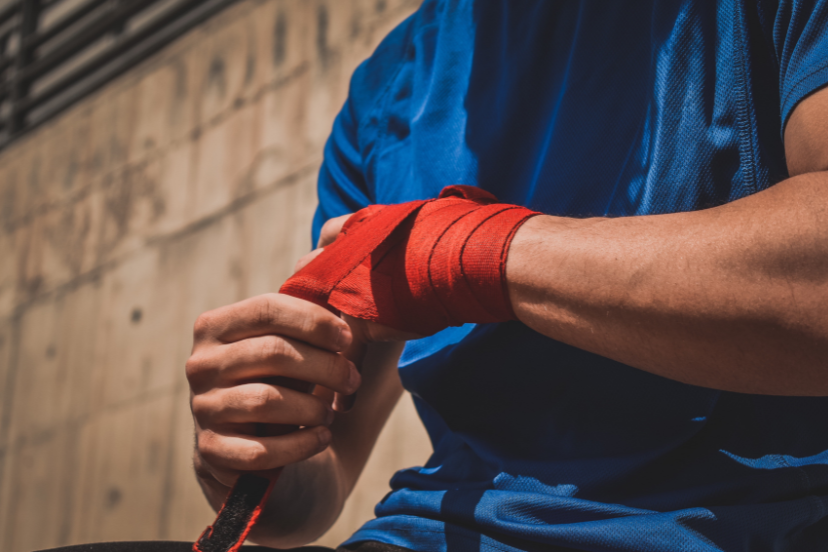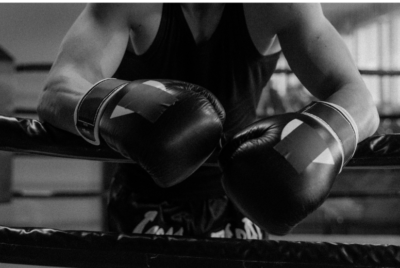How to Prevent Boxing Injuries
Understanding Boxing Injuries
Before we delve into the strategies to prevent Boxing injuries, let’s first understand the types of injuries boxers commonly encounter. From sprains and strains to fractures and concussions, the list can be intimidating. But remember, knowledge is power! By understanding these injuries, you can take proactive steps to minimize their occurrence.
Common Boxing Injuries
Boxing is known for its potential to cause various injuries, such as hand and wrist injuries, facial fractures, and even brain trauma. These injuries can occur due to improper technique, inadequate protective gear, and overtraining. Knowing the risks is the first step towards safeguarding yourself against them.
The Importance of Boxing Injuries Prevention
Why should injury prevention be a top priority for every boxer? Well, the answer is simple: it keeps you in the game. Whether you’re a competitive fighter or someone who just loves hitting the heavy bag, staying injury-free ensures consistent progress and a longer time enjoying the sport you love.
Tips for Preventing Boxing InjuriesNow, let’s get into the nitty-gritty of injury prevention strategies. By incorporating these tips into your training routine, you’ll be well-equipped to minimize the chances of getting sidelined by injuries.
Choosing the Right Gear
Investing in high-quality boxing gear is a no-brainer. Properly fitted gloves, hand wraps, headgear, and mouthguards are essential to protect your hands, head, and mouth. Don’t compromise on safety – your gear acts as your armor in the ring.
Warming Up and Stretching
Before you start throwing punches, make sure your body is properly warmed up. Engage in dynamic stretches to increase blood flow to your muscles and enhance flexibility. A warm-up primes your body for action, reducing the risk of muscle pulls and strains.
Proper Technique and Form
Here’s where the finesse of boxing comes into play. Learning and consistently using proper technique and form is crucial. Incorrect punches can lead to hand injuries, and poor footwork can strain your joints. Take the time to refine your skills under the guidance of a qualified coach.
Gradual Intensity and Progression
In the excitement of training, it’s easy to push your limits too quickly. Instead, embrace gradual progression. Gradually increase the intensity, duration, and frequency of your workouts. This allows your body to adapt and reduces the risk of overuse injuries.
Rest and Recovery
Rest days are not a sign of weakness; they’re a sign of intelligence! Your body needs time to recover and repair itself. Overtraining can lead to burnout and injuries. Listen to your body and take sufficient rest between training sessions.
Cross-Training and Conditioning
Variety is the spice of life, even in boxing. Incorporate cross-training and conditioning exercises to strengthen different muscle groups and improve overall fitness. A well-rounded body is less prone to imbalances and injuries.
Balanced Nutrition and Hydration
A proper diet is your body’s fuel. Consume a balanced diet rich in nutrients to support your training and recovery. Stay hydrated before, during, and after workouts. Proper nutrition enhances your body’s ability to heal and stay resilient.
The Role of Coaches and Trainers in Boxing injuries prevention
Having a knowledgeable coach or trainer by your side is invaluable. They can offer personalized guidance, correct your form, and ensure you’re following safe training practices. Trust their expertise – it’s like having a guardian angel in the ring.
Listening to Your Body
Your body is a remarkable communicator. If something doesn’t feel right, listen to it. Pushing through pain or discomfort can exacerbate injuries. Be mindful of any warning signs your body gives you and adjust your training accordingly.
Conclusion
Boxing injuries might be a part of the game, but they don’t have to define your journey. By embracing the principles of injury prevention, you can lace up your gloves with confidence, knowing that you’re taking steps to protect yourself. Remember, boxing is a marathon, not a sprint. Keep honing your skills, respecting your body, and enjoying the thrill of the sport while staying injury-free.
FAQs
Q1: Is it really necessary to invest in expensive boxing gear? A: Absolutely! Proper gear is your first line of defense against injuries. It’s an investment in your safety and longevity in the sport.
Q2: How often should I take rest days? A: Listen to your body, but generally, aim for at least 1-2 rest days per week. Recovery is essential for growth and injury prevention.
Q3: Can I prevent all boxing injuries? A: While you can’t eliminate all risks, following proper training techniques and injury prevention strategies significantly reduce the likelihood of injuries.
Q4: Should I stretch before or after a workout? A: Prioritize dynamic stretching before workouts to warm up your muscles. Save static stretching for after your workout to enhance flexibility.
Q5: Is boxing suitable for all age groups? A: Boxing can be enjoyed by various age groups, but it’s important to consult a healthcare professional before starting, especially if you have any pre-existing conditions.
Remember, boxing is about discipline, technique, and respect for yourself and your opponent. By prioritizing injury prevention, you’re not only enhancing your performance but also ensuring a long and fulfilling journey in the world of boxing. Keep punching, and stay safe!




